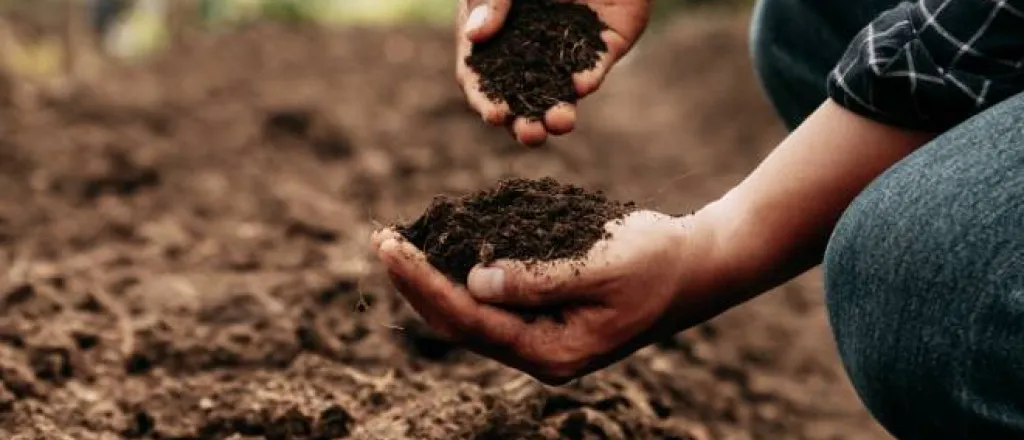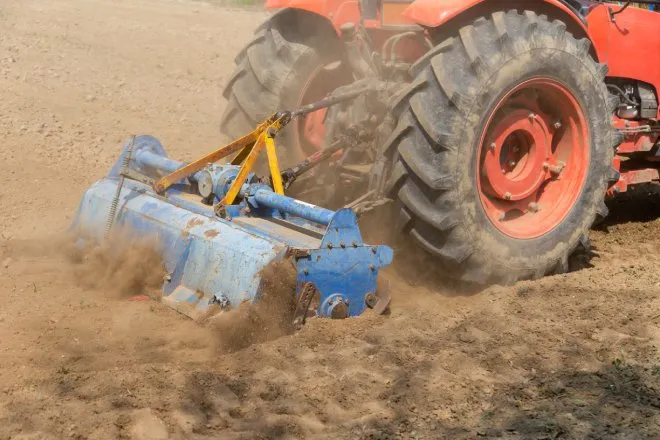
How Soil Sampling Can Teach Us About Climate Change
©
Soil is more than just dirt—it’s a living archive of environmental history. By studying soil, scientists can uncover patterns of climate change, track carbon storage, and evaluate human impact on ecosystems. Soil sampling plays a crucial role in understanding how our planet is evolving and how we can adapt to these changes. Read on and find out how soil sampling can teach us about climate change.
Tracking Carbon Storage and Sequestration
One of the most significant ways soil sampling informs climate research is by measuring carbon levels. Soil acts as a major carbon sink, storing vast amounts of organic material that help regulate atmospheric CO2 levels. When soil is disturbed through deforestation or intensive farming, stored carbon is released, contributing to greenhouse gas emissions. By analyzing soil samples over time, researchers can assess how land management practices impact carbon sequestration and inform strategies to mitigate climate change.
Identifying Changes in Soil Composition
Shifts in climate affect the chemical and physical makeup of soil. Rising temperatures, altered precipitation patterns, and increased CO2 levels influence microbial activity and nutrient availability. By examining soil samples from different regions and time periods, scientists can detect trends such as soil degradation, desertification, or shifts in organic matter. These findings help predict how ecosystems will respond to climate change and guide conservation efforts to preserve soil health.
Understanding the Impact of Extreme Weather
Soil sampling provides critical data on how extreme weather events impact land stability and fertility. Heavy rainfall, prolonged droughts, and temperature fluctuations can disrupt soil structure, leading to erosion and loss of nutrients. By analyzing soil composition before and after major weather events, researchers can assess long-term changes and develop solutions to protect soil resilience. This information is essential for improving agricultural sustainability in regions facing climate-driven weather challenges.
Improving Sampling Techniques for Better Climate Data
For soil sampling to yield the most reliable insights, best practices for accurate soil sampling in the field must be followed. Inconsistent methods or improper handling of samples can lead to misleading results. Scientists and environmentalists are refining their approaches by using advanced technology such as remote sensing and geospatial mapping to enhance data accuracy. These innovations ensure that soil analysis continues to provide valuable insights into climate change and how we can adapt to its effects.
Now that you know how soil sampling can teach us about climate change, it’s clear that soil is more than just a foundation for plants—it’s a record of our planet’s health. As sampling techniques improve, we gain even more precise data to guide sustainable land management and environmental conservation efforts.
















